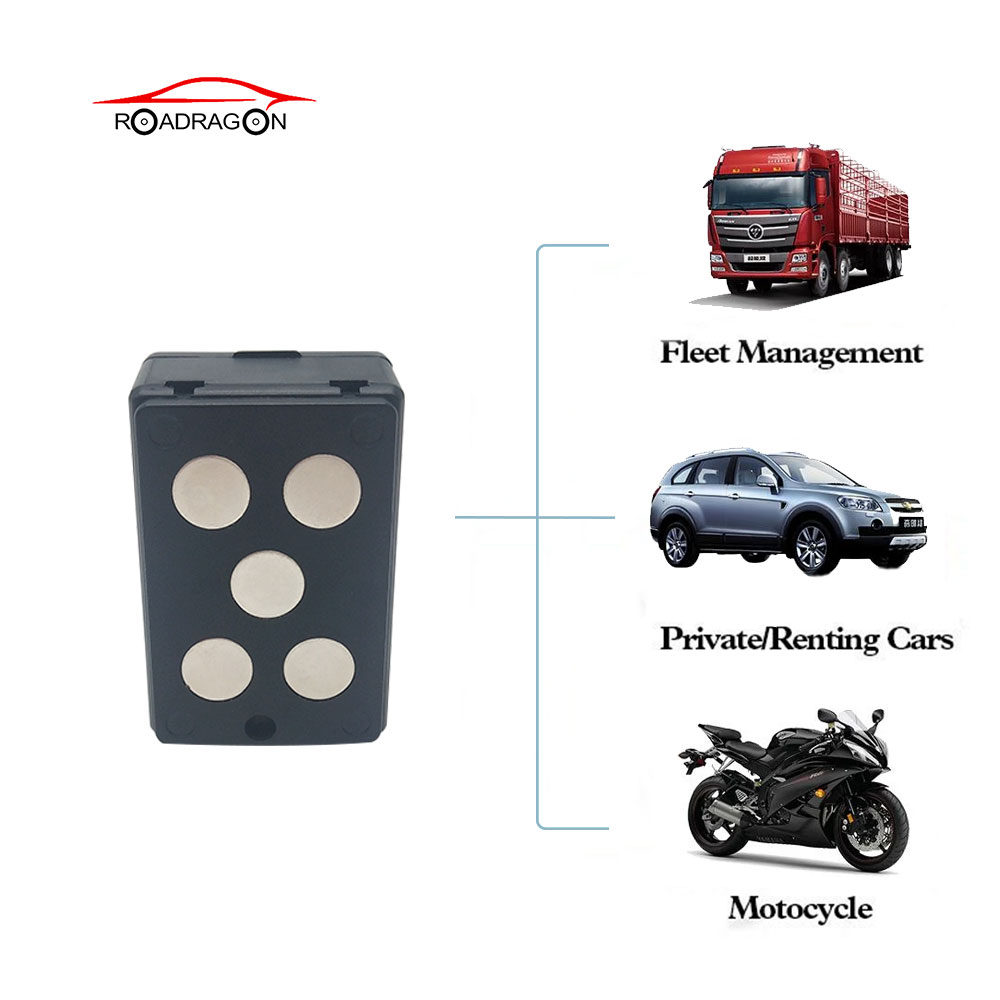Have you heard the difference in GPS? Here is a brief introduction.
Differential GPS (DGPS) is a differential GPS reference station that uses known accurate three-dimensional coordinates to obtain the pseudorange correction amount or position correction amount, and then sends the correction amount to the user in real time or afterwards (GPS navigator). ), the user’s measurement data is corrected to improve GPS positioning accuracy.
First, differential GPS technology
1, GPS error source
GPS errors mainly come from GPS satellites, satellite signal propagation processes and ground receiving equipment. For GPS positioning, the spatial geometry of GPS satellites also has a certain degree of impact on positioning accuracy. In general, the accuracy of SPS is about 20 to 30 m. In order to limit the use of SPS in the military field by other countries, the US military artificially added errors in satellite ephemeris by selecting availability (SA) technology. Currently, the ranging error caused by SA technology averages 33m. Under the open zenith condition, the SPS with SA can generally ensure that the data volume with positioning error less than 40 m is greater than 50% of the total data volume, but only about 95% of the data error is less than 100 m.
It can be seen that the navigation accuracy of SPS can only guarantee the confidence of about 100 m. In March 1996, the US government announced that it would terminate its implementation of the SA policy around 2006. The US military believes that this end time may be advanced as the United States uses GPS precision code positioning (PPS) accuracy and anti-jamming capabilities. By then, the accuracy of the user’s single-point real-time positioning will increase to about 30 m. The US government has approved the addition of two civilian GPS satellite signal frequencies in the radio spectrum. With the adoption of two civilian frequencies, the accuracy of GPS SPS services will be further improved.
2, differential GPS technology
The advantage of differential technology is the ability to eliminate common errors. For GPS positioning, the difference is that the GPS receiver with the location is known to receive GPS satellite signals simultaneously with the GPS receiver of the positioning point, and the common error is eliminated by the difference, thereby improving the positioning accuracy of the positioning point. Effective differentials completely eliminate common errors (including SA technical errors), and most eliminate propagation path delay errors. Real-time differential GPS (DGPS) positioning can be accurate to 2 to 5 m.
There are two ways to implement differential correction for GPS user receivers: correction in the measurement domain (for pseudorange data) and correction in the result domain (for position data). Both methods basically achieve the same final positional accuracy, the main difference being the specific data that must be transmitted between the user’s receiver and the base station. There are four different schemes depending on whether the error correction is done at the user receiver or at the base station:
(1) broadcasting pseudorange correction data to the user receiver;
(2) broadcasting location correction data to the user receiver;
(3) Reporting the raw measurement data of all users for differential processing by the base station;
(4) Report uncorrected user location data for differential processing by the base station.
Among the above four differential methods, methods (1) and (2) provide differentially corrected position data for GPS user receivers, suitable for any application that requires precise navigation and positioning. Method (1) is better when it is necessary to serve many users, because the pseudorange correction values of 8 satellites are generally sufficient regardless of which measurement satellites the user is using. The methods (3) and (4) are to strictly perform centralized processing on the GPS data transmitted by the user. These two methods, also known as reverse differential or concentrated differential, are suitable for situations where the central reference station requires accurate position data and the positioning points do not require precise positions.
In recent years, various domestic departments have established their own differential GPS systems in order to meet their needs. This practice is actually a low level of duplication, wasting a lot of manpower and resources and radio channel resources. At present, experts and scholars in related fields at home and abroad are working on the establishment of a unified multi-purpose, multi-function wide-area differential GPS network construction program. The US government is also working on a new initiative to provide high-precision free positioning services for civilian GPS systems. Therefore, the vitality of the departmental differential GPS network will not last. However, the command and management of special vehicles is a very urgent need nowadays. Therefore, when the system capacity is not particularly high, the reverse differential system is a good choice.
Differential GPS
3, GPS blind zone processing
Due to the complex nature of the features in the urban area, due to the reflection and shielding of dense tall buildings, tunnels, overpasses, trees, etc., the satellite signals received by the onboard GPS receivers have serious multipath effects, in some areas. Even a GPS positioning blind spot will be formed. Under normal circumstances, the range of GPS positioning blind spots is not very large. In this way, the vehicle dead reckoning equipment designed according to the principle of short-term precision of inertial navigation device (INS) can basically solve the problem of GPS blind spot. The vehicle dead reckoning equipment generally consists of a heading angle sensor and a displacement sensor. The heading angle sensor mainly includes a magnetic compass, a differential odometer and an angular rate gyro. The displacement sensors mainly include an accelerometer, a odometer and a Doppler radar. The angular rate gyro and the odometer are generally used to form a dead reckoning device. When the GPS receiver has a star, the dead reckon can calculate the current position coordinates based on the GPS data before the star.
It should be pointed out that since the dead reckoning is realized at one end of the vehicle, the vehicle end can only obtain the navigation accuracy of the GPS when the system is designed. Thus, all data obtained by the dead reckoning has an initial value system error due to the deviation of the GPS positioning data. The solution to this problem is to record the differential correction number at each moment on each vehicle at the differential base station, and the position data reported by the vehicle sets a flag indicating the difference between the GPS positioning data and the dead reckoning data, so that the flag can be The difference between the bits is corrected at the base station by GPS differential processing or dead reckoning.
The degree of understanding of differential GPS technology affects the accuracy of GPS positioning

Post time: Aug-28-2019
